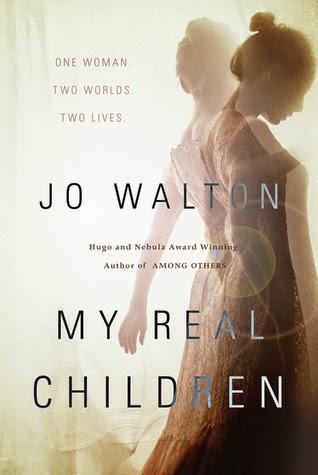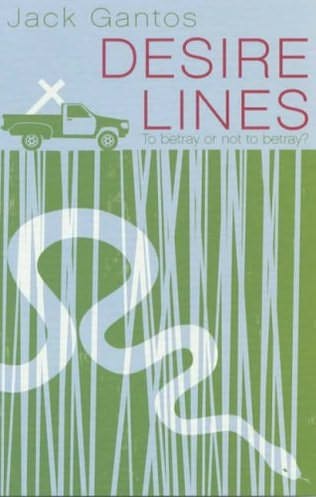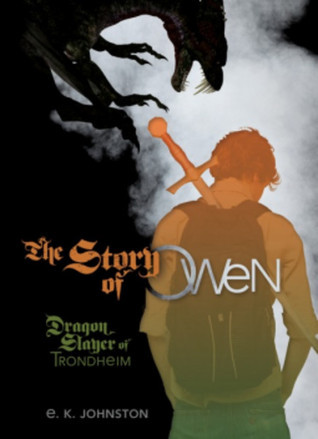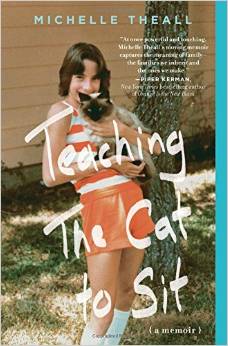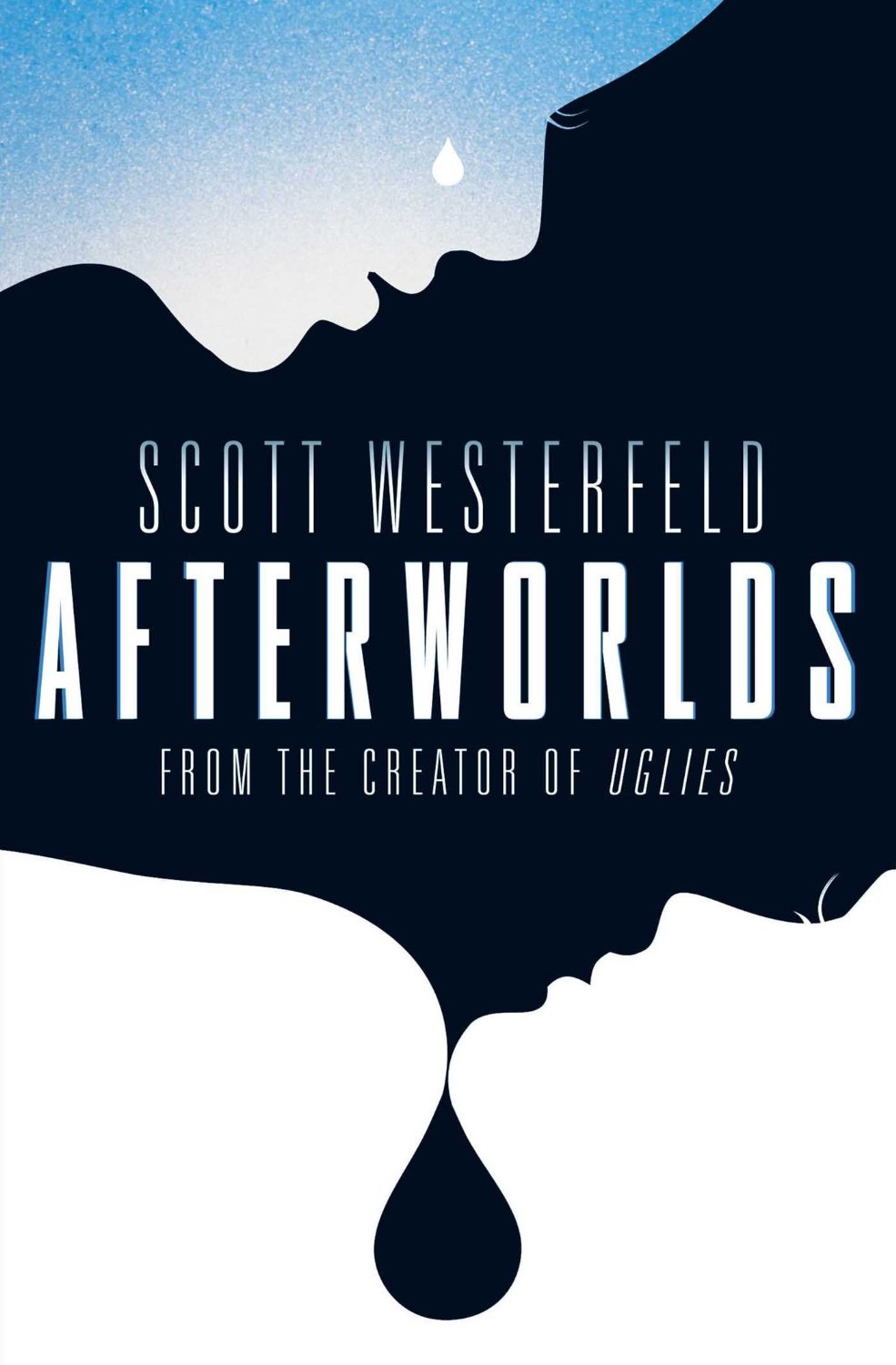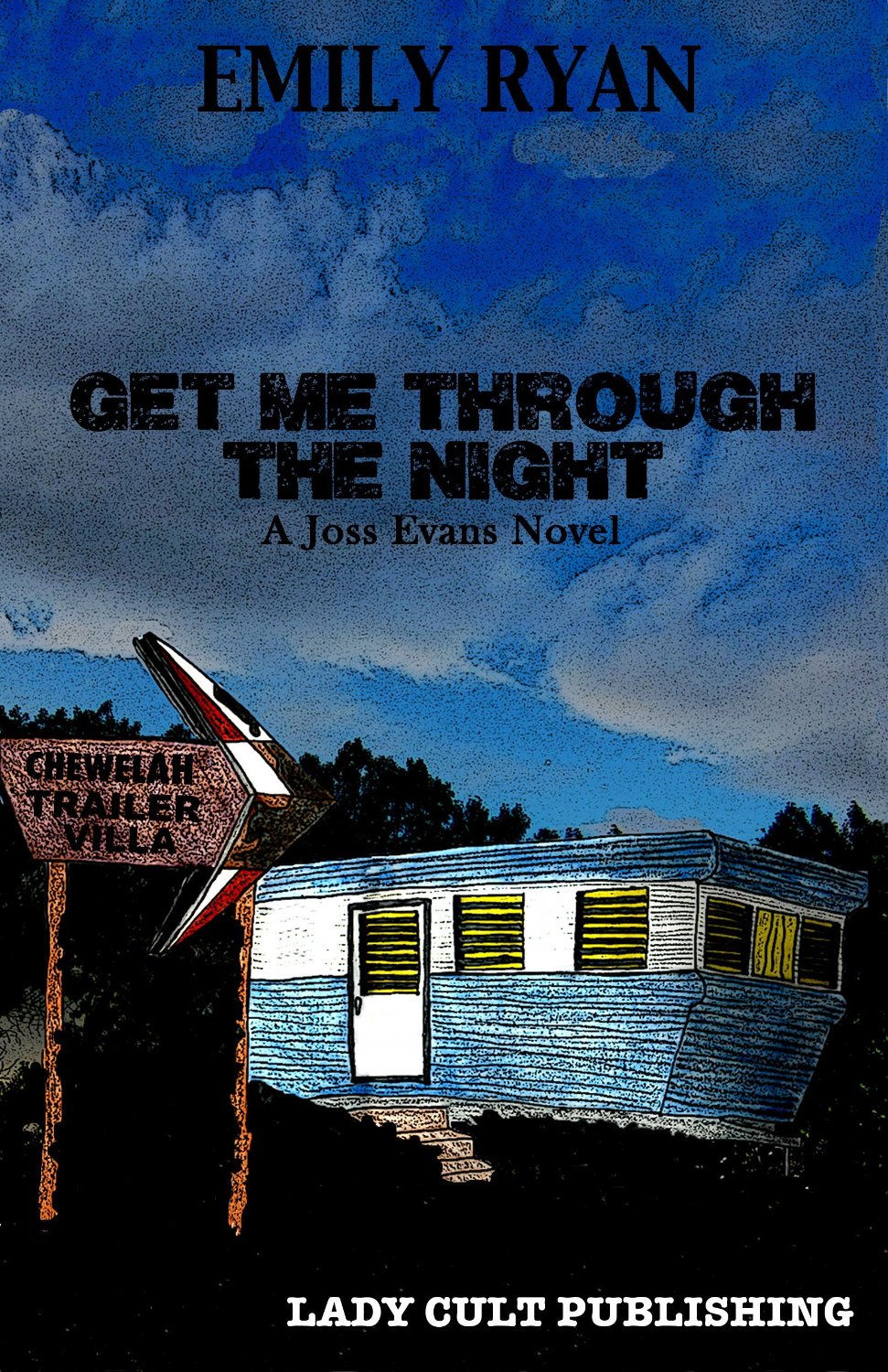Lizzie Borden took an axe, and then she killed her father and stepmother, and then she used her inheritance to buy a big house called Maplecroft. Parts one and three of that sentence happened in Fall River, Massachusetts, in the 1890s. Part two is debatable. She was acquitted.
In Cherie Priest’s world, there are strange goings on in Fall River. The Bordens knew it. Their family doctor knew it. Outside investigator Simon Wolf (who does he work for, again?) might know it. And Lizzie is determined to save the town that turned its back on her. The story is told through the main characters’ journal entries, and chapters alternate among voices.
Penguin labels this paperback original a fantasy. You might find it in horror. It’ll be in some genre section. This was my first Priest book, and it boasts the holy trinity: Lizzie, Lovecraft, and lesbians. Once Lizzie Borden meets Lovecraftian horror, there is really no going back. The actual Lizzie’s story is creepy enough, as is the actual Maplecroft. Add the words “Miskatonic University” and a full-blown relationship between Lizzie and Nance O’Neill (the actress with whom Lizzie was rumored to have had an affair), and this takes off into the stratosphere.
Priest’s Lizzie is…more physically able, perhaps, and attractive, perhaps, than Lizzie Borden historically was. This Lizzie is straightforward and capable, if a little liable to fly off the handle (sorry), and she makes a good monster fighter. This Lizzie would make a fascinating addition to, say, a new League of Extraordinary Gentlemen (in print, not onscreen). She’s complemented by her older sister Emma, who’s chronically ill but mentally exceedingly sharp and fit. Emma makes a lousy monster hunter, but a great scientist. Unfortunately, it’s not quite 1900 in New England. Thus, while Lizzie fights monsters, Emma coolly assumes a male persona who carries on academic correspondence and publishes research papers in respected journals. It is this correspondence that serves as a catalyst for the adventure in this book, although the evil that comes to Fall River was already creeping in. Emma simply helped unleash it sooner.
The household is tense. Emma’s very happy with her counterfeit persona (almost excessively so–this is fascinating, but unexplored), and she disapproves of Lizzie’s romantic relationship with young actress Nance. Nance is indeed somewhat of a flibbertigibbet, which will complicate things for everyone, but her affection for Lizzie is real. And Lizzie’s love for Nance is real, too. But that’s not the primary concern here. There’s a Big Bad in town, and a Bigger Bad on the way, and we get to see what our new heroine is made of.
Chapelwood: the Borden dispatches (#2), is due in September. Lizzie’s next adventure takes her to Alabama. The setting doesn’t make my pulse race, but Priest has already done the New England thing, and she’s done it well, so why rehash? I get it. And I’ll still read the second one. Maplecroft offers a fresh take on the monster hunter concept, and more importantly, the take-away message here is this: it was terrific fun.


